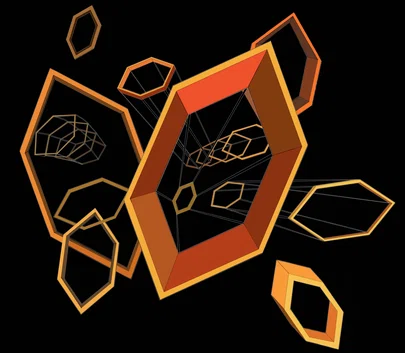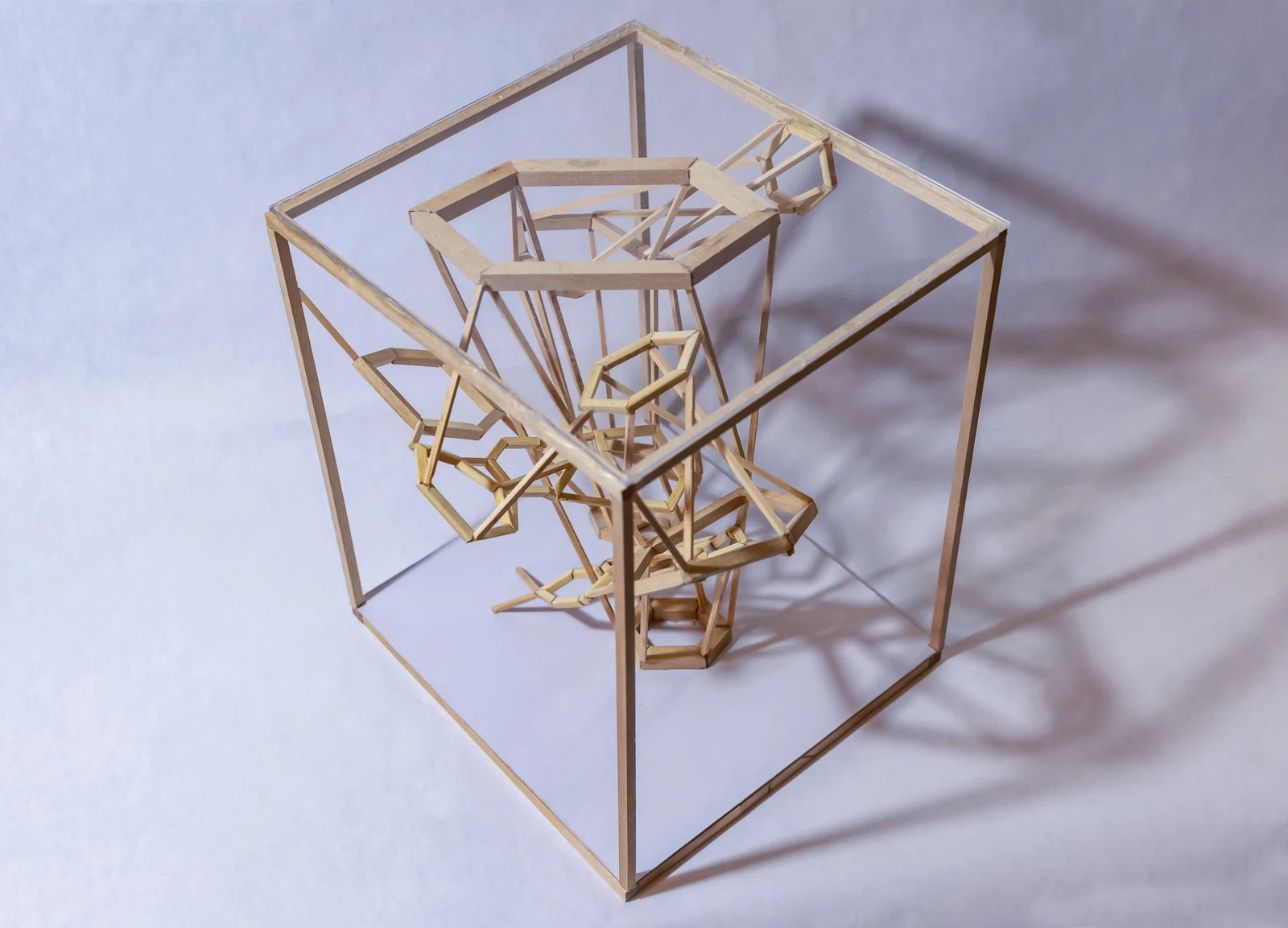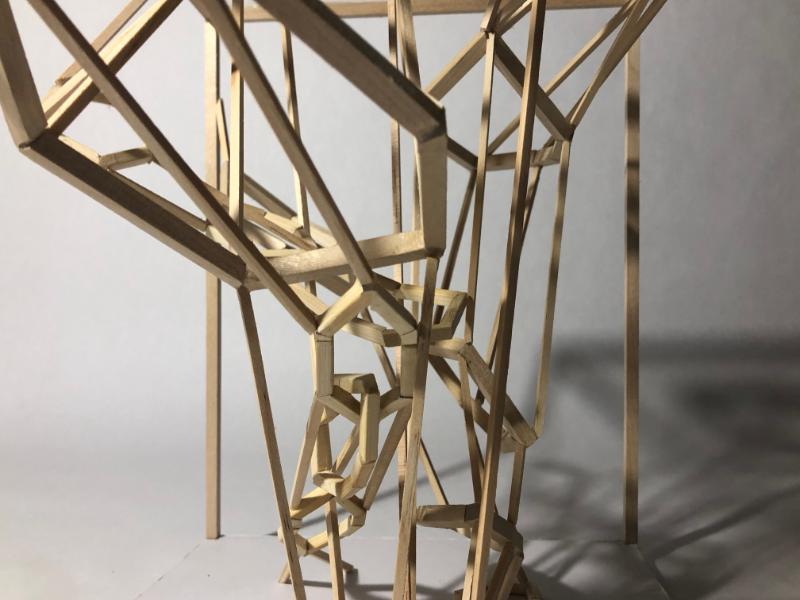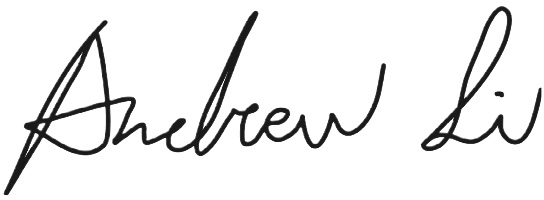





3-D Design
Andrew Li
King’s High School|Seattle, Washington

The “Vessel”|10 x 10 x 12 in.
Material(s): Wood/PVC/PMMA
Process: Wood rods of different sizes and lengths glued together in a case consisting of a PVC board as base and PMMA glass as top cover.
Curatorial Note: Interesting transformation of 2D shapes to 3D objects within a 3 dimensional space.


“Just like the natural transition from the second dimension to the third, which constituted a transformation of shapes to objects and flat to depth, the creation of three-dimensional models out of 2-D works means more than just making them spatial, but related perspectives and ideas of the original within.”

Student statement
Student
statement
For AP students: A good understanding of your subject or area of interest comes from a well-founded investigation as well as passion. Don’t be afraid to look for lessons from the past masters and their lives, they will guide you.
This piece, along with others in my portfolio, pertains to the sustained investigation of the conversation and translation of concepts into a spatial composition.
After dedicating myself to the field of architecture, I decided to investigate deeper into the meaning and central theme of architecture. After observing and researching architects and their works, I realized that architectural design is the conversation between architects’ concepts and structure; before every construction, there is the crucial formulation of ideas, followed by translating them into something of spatial quality. Therefore, I derived the sustained investigation topic of spatializing ideas and, in my portfolio, attempted to draw from various forms of concepts—such as literature, music, and idea—to make them into spatial compositions. Specifically, this model is a three-dimensional extrusion and representation of a two-dimensional drawing.
I chose Thomas Heatherwick’s Vessel in New York City as the starting point of my project and extracted from it the iconic golden diamond shape. Next, I made those shapes into a 2-D drawing, expressing perspective and the relationship between shapes and lines. Finally, I made the model based on the drawing, expanding and extruding upon the simple 2-D composition. The main material I chose was wood, as it gave the model a more clean and sturdy look.

Drawing image|39 x 34 cm.
Material(s): Digital
Process: Drawn digitally with the main diamond shapes inspired by elements from Thomas Heatherwick’s Vessel in New York City.
I composed this as an exploration of space, line, and shape, and a foundation for the models.
The central task that I decided to achieve in this model is to expand upon the drawing and not simply make a 3-D copy of it. If you view it from the top, the shapes and lines form a direct representation of the drawing; but if viewed from the sides of the model, the shapes instead create new spatial perspectives in addition to the old. This feature entails the process of ‘3Dfication’ as the model introduces so many more spatial compositions than a 2-D drawing ever could, complicating but not deriving away from the source. And that is what I believe architects do—they bring flat concepts to life and into higher dimensions with their design.

Andrew Li

Process(es): This model is an extrusion of the digital drawing. As seen here, top view is equal to the drawing.
Teacher Statement
Teacher Statement
Gale Riley

“When I first met Andrew Li as a Sophomore I instinctively knew he had the understanding and determination that it would take to become an outstanding artist. Over the years, I witnessed the time and extreme effort he put forth in refining his craft. Andrew has truly accomplished at the high level I knew he could reach; I am very proud to have been a part of his journey as an artist.”


Process(es): And as seen in this view, the model presents a whole new set of spatial compositions from the sides.

Process(es): While the original drawing shows one perspective, the model gives five, and that is the 3d thinking.

Andrew Li














